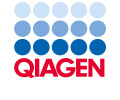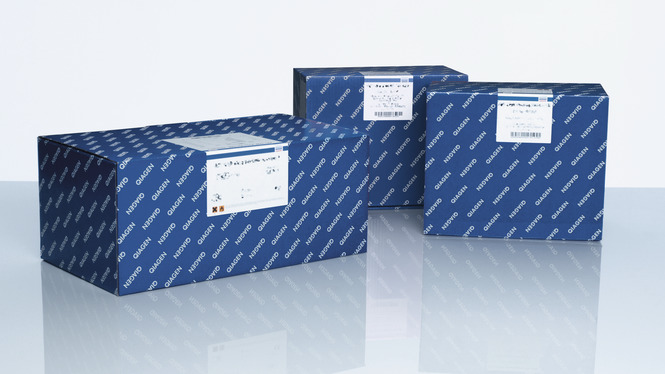

Correct! A. Single-stranded antisense oligos
Incorrect! B. Double-stranded short RNA molecules
Correct answer:
A) Antisense LNA GapmeRs are single-stranded antisense oligos that enable efficient knockdown of mRNA or lncRNA.
Correct! A. Catalyzing RNase H dependent degradation of target RNA
Incorrect! B. Stimulating RISC (RNA-induced silencing complex) dependent degradation of target RNA
Correct answer:
A) Duplexes of Antisense LNA GapmeR hybridized to target RNA are recognized as substrate for RNase H1 that catalyzes an endonucleolytic cleavage of the RNA strand. Once dissociated from its target, the GapmeR catalyzes degradation of additional RNA molecules. Antisense LNA GapmeRs act independently of the RNA-induced silencing complex (RISC), minimizing off-target effects traditionally associated with siRNA, such as, miRNA-like effects, saturation of RISC and activity from the passenger strand. GapmeRs are therefore an excellent complementary tool to siRNA for gene silencing.
Inorrect! A. RNA in the cytoplasm
Correct! B. All RNA, regardless of their subcellular location, including nuclear-retained RNA
Correct answer:
B) Unlike RISC, RNase H1 is mainly present in the nuclear compartment where transcription takes place. Antisense LNA GapmeRs target nascent primary (unspliced) transcripts. This means that all RNAs – nuclear-retained RNA as well as RNAs destined for the cytoplasm – can be effectively silenced with Antisense LNA GapmeRs. An important class of lncRNAs are nuclear-retained and therefore inefficient targets of siRNA. This is one of the reasons why Antisense LNA GapmeRs have emerged as one of the preferred tools for silencing lncRNA.
Inorrect! A. siRNA
Correct! B. Antisense LNA GapmeRs
Correct answer:
B) siRNAs are rapidly degraded in the bloodstream and are poorly taken up by cells. They have to be used in combination with expensive in vivo transfection reagents and are prone to causing toxicity due to activation of the innate immune response. Antisense LNA GapmeRs are short LNA/DNA mixmer oligonucleotides with a phosphorothioate modified backbone. They are highly resistant to degradation by nucleases and are efficiently taken up naturally by cells due to their small size. For this reason, they can be added directly to cell cultures in serum containing medium without transfection reagents. In addition, GapmeRs can provide potent silencing of RNA in a wide range of tissues upon system administration in animals without the need for formulation in nanoparticles or transfection reagent. This has enabled the functional analysis of multiple lncRNAs in animal models and the discovery of antisense LNA GapmeRs with therapeutic potential.
Correct! A. It provides great freedom to design GapmeRs with optimal affinity
Incorrect! B. It enables the design of antisense oligonucleotides that hybridize very strongly to their RNA target
Correct answer:
A) GapmeR design is complex and depends on multiple parameters, such as target accessibility (secondary structure) and target sequence specificity. In addition, several oligonucleotide properties have to be considered of which the most important is target affinity. GapmeRs need to be designed within a narrow Tm range. If the affinity is too low or if it is above a certain threshold, the GapmeRs lose activity. An LNA is a nucleotide analog with the unique property of greatly enhancing the strength of base-pairing. This enables us to design short GapmeRs with just the right affinity relatively independently of GC content. We have exploited our >20 years of expertise to generate an empirically-derived web design tool that provides highly specific and potent GapmeRs with a good hit rate.

From technology details to experimental data, explore the Antisense LNA GapmeRs product page.
Visit now

From screening to validation and functional analysis of mRNA, lncRNA and miRNA, check out QIAGEN’s LNA-enhanced RNA research portfolio for NGS or PCR, ISH studies and more!
Explore now
Subject to your consent given above, QIAGEN may use your personal information for internal business and marketing purposes. The information will not be sold to any third party. QIAGEN may transfer your personal information to our CRM system (hosted by SalesForce.com, Inc., Oracle Corp. and other third Parties ensuring compliant data sub-processing) solely for the purposes of data hosting and QIAGEN email distribution. You may unsubscribe at any time. Your data will be processed in compliance with applicable privacy laws including the EU General Data Protection Regulation. For further details please refer to our Privacy Policy .